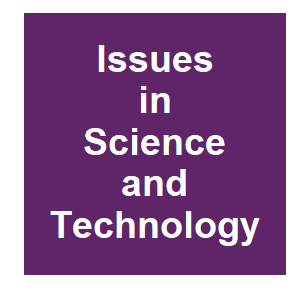Gene Drives: New and Improved

|
R. M. Friedman, J. M. Marshall and O. S. Akbari,
Issues in Science and Technology,
36:1-7.
2020.

Put simply, gene drives are engineered snippets of DNA that can be introduced into an organism’s genome to significantly increase the chance that a desired genetic trait will spread through a population faster than would normally happen through sexual reproduction. In the few years since the National Academies report, the technology landscape has progressed to offer a richer set of alternatives that regulators and policy-makers may soon be hearing about and, as product development advances, asked to review and approve. The vision of the early approaches to gene drives was to start with a small number of organisms carefully engineered in the laboratory, release them into the environment, and rely on the engineered construct itself to rapidly spread a desired trait throughout the wild. Although this idea had been contemplated for over half a century, the pace of development dramatically quickened when scientists started using CRISPR gene-editing technology to engineer organisms. Today, though the term “gene drive” is most often used as if it were a single technology, it is more accurate to consider it as a suite of approaches that can be tailored to the needs of specific applications. Research continues on gene drives designed to spread widely, but scientists are also working to develop new types of gene-drive organisms designed to be geographically localized or designed with limited life spans. Each brings different strengths and weaknesses for specific applications. Our goal here is to describe the various options under development in nontechnical terms for a policy-making audience, review how far along each is, and examine the broader context of how this new suite of technologies compares with other available alternatives. Early engagement by the policy and regulatory communities will be of great help to product developers, and thus ultimately to society through better and more appropriate products. Our hope is that this improved understanding of what is in the development pipeline will enhance the dialogue between the policy community and developers. More related to this: Irreversible ecosystem engineering with Gene Drive Organisms Risk assessment challenges of synthetic gene drive organisms
|



